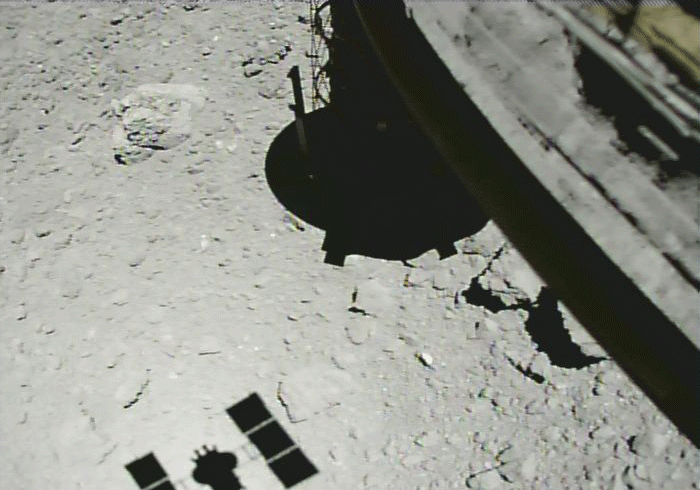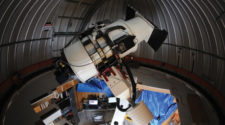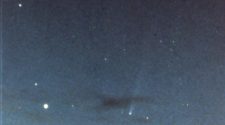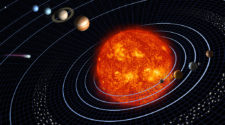JULY 5, 1687: British physicist Isaac Newton publishes his Philosophiae Naturalis Principia Mathematica (Mathematical Principles of Natural Philosophy), usually known as the Principia, wherein he lays out what is now known as his Law of Universal Gravitation. Part of Newton’s work in the Principia was based upon his calculations of the Great Comet of 1680 – a future “Comet of the Week” – and his methodology was utilized by Edmond Halley to calculate the orbits of comets, including the one that now bears his name (1P/Halley), which is the subject of a previous “Special Topics” presentation.
JULY 7, 1992: The comet that would later become known as Comet Shoemaker-Levy 9 passes just 43,000 km above the top of Jupiter’s atmosphere and is ripped apart into over 20 fragments by tidal forces from Jupiter’s gravity. The comet would be discovered a little over eight months later, and in July 1994 each of the fragments would impact Jupiter’s atmosphere. Comet Shoemaker-Levy 9 is next week’s “Comet of the Week.”
JULY 7, 2017: A meteoroid, perhaps 30 cm in diameter, enters Earth’s atmosphere above southwestern Australia and, after traveling through the atmosphere for about 90 seconds, exits back into interplanetary space. An analysis of the observations indicates that the Earth’s gravitational influences placed the object into an orbit like that of a Jupiter-family comet that will cause it to make close approaches to Jupiter – the first to take place in early 2025 – that, over the next few hundred thousand years may eventually eject it from the solar system.
JULY 8, 2020: The Apollo-type asteroid (242450) 2004 QY2 will pass 0.163 AU from Earth. It was brightest – about 14th magnitude – last week, and is still close to 15th magnitude, although it will fade rapidly over the coming weeks as it passes interior to Earth’s orbit.
JULY 10, 1992: ESA’s Giotto spacecraft has a flyby encounter with Comet 26P/Grigg-Skjellerup. Giotto had previously passed by Comet 1P/Halley in 1986, and the mission as a whole, including the encounter with Comet Grigg-Skjellerup, is discussed in this week’s “Special Topics” presentation.
JULY 10, 2010: While en route to Comet 67P/Churyumov-Gerasimenko, ESA’s Rosetta spacecraft flies by the main-belt asteroid (21) Lutetia. The Rosetta mission, including its encounters with main-belt asteroids, is discussed in this week’s “Special Topics” presentation.
JULY 11, 2019: JAXA’s Hayabusa2 spacecraft, in orbit around the near-Earth asteroid (162173) Ryugu, successfully touches down on Ryugu’s surface and collects samples of sub-surface material. Hayabusa2, with its samples, is now en route back to Earth and is expected to return this coming December. The Hayabusa2 mission is discussed in a future “Special Topics” presentation.

More from Week 28:
Comet of the Week Special Topic Free PDF Download Glossary
Ice and Stone 2020 Home Page


